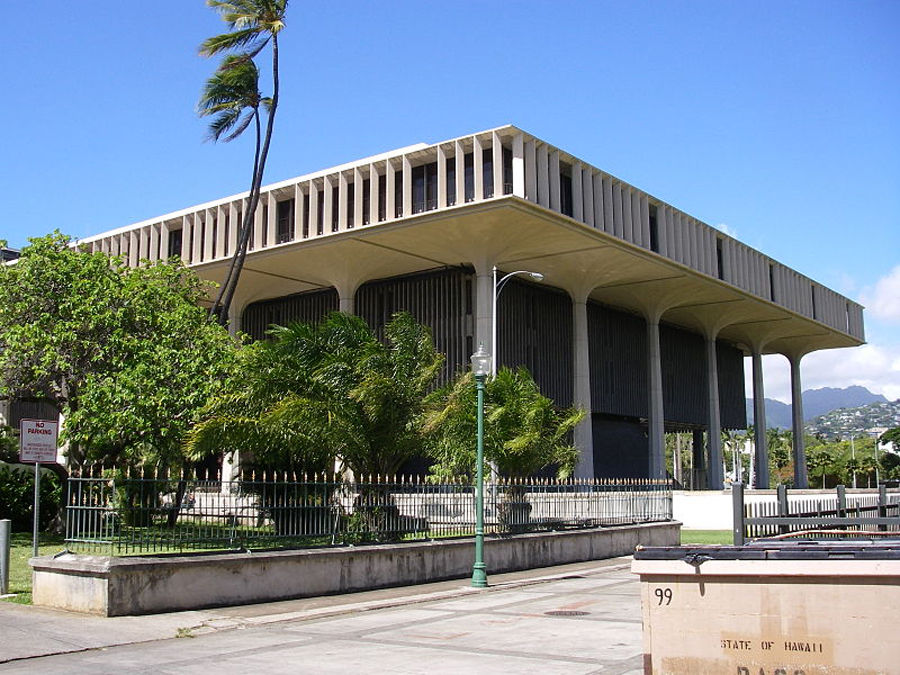LIHUE — Kauai lawmakers aren’t entirely in agreement on a proposal to use money generated from the General Excise Tax to pay for the Honolulu rail project. “For the neighbor islands, that’s a tough thing to swallow,” said Rep. Jimmy
LIHUE — Kauai lawmakers aren’t entirely in agreement on a proposal to use money generated from the General Excise Tax to pay for the Honolulu rail project.
“For the neighbor islands, that’s a tough thing to swallow,” said Rep. Jimmy Tokioka, D-15. “A lot of people are emailing me, expressing their displeasure with us voting for something that’s going to be taxing people on Kauai for a rail project on Oahu.”
But Senate President Ron Kouchi supports using TAT funds to help fund the $10 billion project because it will boost the economy here and will improve the experience of Kauai residents who visit Oahu.
“I support it, but it’s hard to say yes when we haven’t seen what the bill looks like yet,” Kouchi said.
That bill, which will dictate how the project will be funded, will be the subject of a special session on Aug. 28. It is expected to last five days.
“I support the House’s position of front loading the rail funding, to avoid billions of dollars leaving the state to pay interest on bond financing,” said Rep. Dee Morikawa, D-16. “I also want the counties to get back their share of $10 million more in TAT funds that were lost on July 1st.”
Rep. Nadine Nakamura said she supports increasing county TAT to address the impacts the visitor industry has on the parks and roads.
“While I’m not pleased with the management of the overall rail project, I support the completion of the project to Ala Moana,” she said.
But she also said the proposal needs to be vetted carefully. The use of the TAT could save the county and the state up to $1.6 billion in financing fees, she said.
During the 2017 legislative session, which ended in May, the House of Representatives and Senate could not agree on amendments to Senate Bill 1183, which proposed to reduce TAT allocations from $90 million to $83 million to fund Honolulu’s rail project. The measure also sought to increase hotel taxes from 9.25 percent to 12 percent over the next 1o years.
The Senate version would have extended the GET surcharge an additional 10 years. The House version would have extended the GET surcharge one year and raised the state’s transient accommodations tax 1 percent for 11 years.
The House deferred the measure, and the Senate recommitted it, effectively killing it for the session. In 2014, the Legislature capped county appropriation of TAT funds to $103 million. Currently, Kauai gets $14.9 million in TAT revenue.
Under existing law, TAT funds were scheduled to shrink to $93 million after fiscal year 2017. That $10 million will go back to the state.
Kauai receives 14.5 percent of TAT, most of which is generated on Oahu, where 85 percent of the state’s population lives. Money generated there — taxes paid by Oahu residents — go to schools, highways and hospitals on neighbor islands.
Kauai Councilwoman, JoAnn Yukimura, said it’s good the session is occurring.
“There is much at stake for both Honolulu and the neighbor island counties,” she said.
During the special session, Tokioka said he has one mission.
“Trying to negotiate getting the TAT for Oahu only, and not the neighbor islands,” he said.


